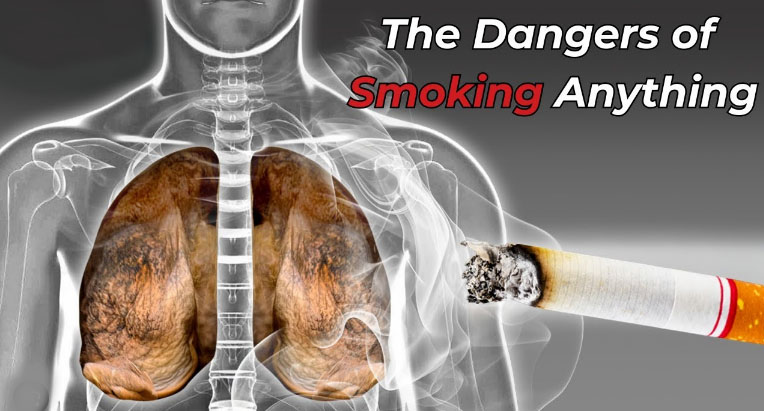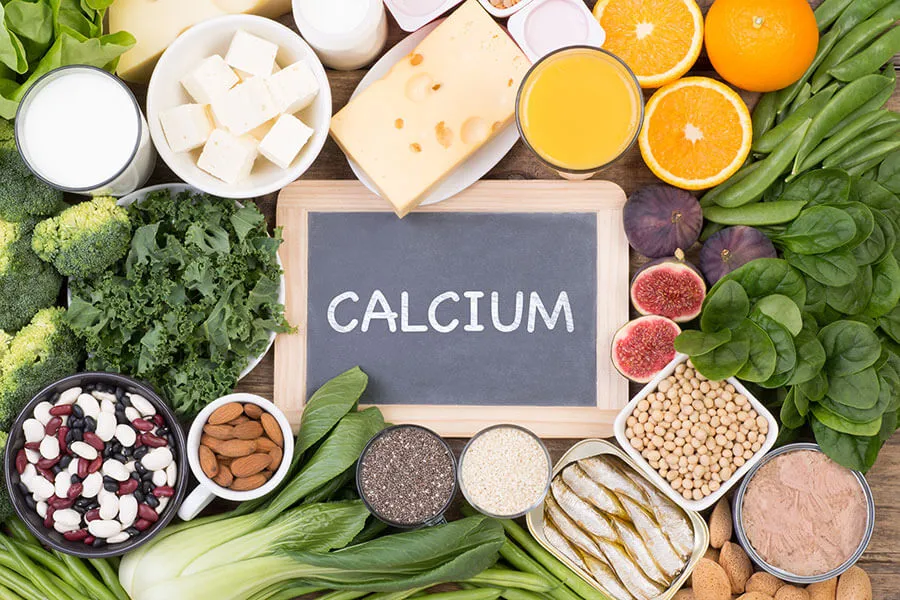Introduction
Cigarette smoking remains one of the leading causes of preventable disease and death worldwide. Despite decades of public health campaigns, over 1.3 billion people still use tobacco products globally, with cigarette smoking accounting for more than 8 million deaths annually, according to the World Health Organization (WHO).
This article explores the health risks associated with cigarette smoking, detailing its impact on various body systems, the carcinogenic mechanisms involved, and the long-term consequences for both smokers and those exposed to secondhand smoke.
1. The Composition of Cigarette Smoke
Cigarette smoke contains over 7,000 chemicals, of which at least 250 are harmful and more than 70 are known carcinogens.
Notable toxic substances include:
- Nicotine – Addictive stimulant affecting the central nervous system.
- Tar – A residue that accumulates in the lungs and damages tissue.
- Carbon Monoxide – Reduces oxygen delivery by binding to hemoglobin.
- Formaldehyde, Benzene, Arsenic – Known carcinogens.
- Heavy metals – Such as cadmium and lead.
2. Impact on the Respiratory System
Smoking directly damages the lungs and airways.
🫁 Diseases Caused:
- Chronic Obstructive Pulmonary Disease (COPD): Includes emphysema and chronic bronchitis. Smoking is the primary cause.
- Lung Cancer: Smoking accounts for 85–90% of all lung cancer cases.
- Asthma Exacerbation: Triggers flare-ups and worsens prognosis.
- Reduced Lung Function: Leads to shortness of breath and chronic cough.
3. Cardiovascular System Effects
Smoking severely compromises cardiovascular health.
❤️ Risks Include:
- Atherosclerosis: Smoking accelerates plaque buildup in arteries.
- Coronary Heart Disease: Smokers are 2–4 times more likely to develop it.
- Stroke: Increased blood clotting and reduced oxygen elevate stroke risk.
- Peripheral Artery Disease: Restricted blood flow to limbs, often leading to amputation.
4. Carcinogenic Effects Beyond the Lungs
Cigarette smoke affects multiple organ systems, significantly increasing cancer risk.
🧬 Cancers Linked to Smoking:
- Mouth, throat, and esophageal cancer
- Bladder and kidney cancer
- Stomach and pancreatic cancer
- Cervical and colorectal cancer
- Leukemia (particularly acute myeloid leukemia)
5. Reproductive and Fetal Risks
Smoking has detrimental effects on fertility and pregnancy outcomes.
👶 Risks to Reproduction and Pregnancy:
- Reduced fertility in both men and women
- Increased risk of miscarriage, ectopic pregnancy, and stillbirth
- Low birth weight, preterm delivery, and sudden infant death syndrome (SIDS)
6. Oral and Skin Health
- Gum disease, tooth decay, and tooth loss
- Premature aging, skin discoloration, and poor wound healing
7. Secondhand Smoke Risks
Even nonsmokers are at risk through passive exposure to tobacco smoke.
🧒 Particularly Harmful to Children:
- Increased incidence of asthma, ear infections, and sudden infant death
- Impaired lung development
🧓 Adults at Risk:
- Heart disease and lung cancer from prolonged exposure
- Eye and nasal irritation, chronic respiratory conditions
8. Addiction and Mental Health
Nicotine addiction alters brain chemistry, often leading to long-term dependency.
🧠 Effects Include:
- Increased anxiety and depression in the long term
- Withdrawal symptoms: irritability, restlessness, headaches, insomnia
9. Economic and Social Consequences
- Healthcare costs: Smokers incur significantly higher medical expenses.
- Workplace productivity: Increased absenteeism and reduced output.
- Social stigma: Growing restrictions and reduced public tolerance.
10. Can the Damage Be Reversed?
✅ Yes—Quitting Smoking Has Immediate and Long-Term Benefits:
| Time Since Quitting | Health Improvement |
|---|---|
| 20 minutes | Heart rate and blood pressure normalize |
| 12 hours | Carbon monoxide levels in blood drop to normal |
| 2–12 weeks | Circulation improves; lung function increases |
| 1 year | Risk of heart disease halves |
| 5–15 years | Stroke risk drops to that of a nonsmoker |
| 10 years | Lung cancer death rate is half that of a smoker |
| 15 years | Risk of heart disease similar to a nonsmoker |
Support tools include nicotine replacement therapy (NRT), prescription medications, behavioral therapy, and digital apps.
Conclusion
Smoking is a major public health threat, with far-reaching effects on virtually every organ system in the body. The risks are cumulative, but they are also largely preventable. Quitting smoking—regardless of age or smoking history—produces immediate and long-lasting health benefits. Public awareness, policy regulation, and accessible cessation support are key to reducing the global burden of tobacco-related illness and death.






 then choose "Install".
then choose "Install".